PC MS-DOS
games list! |
| Total reviews! |
Handheld: 57 16/32bit Computers: 830 8bit Computers: 413 8bit Consoles: 58 16bit Consoles: 78 32/64bit Consoles: 107 128bit Consoles: 28 |
| OnLine members |
| Currently: 16 |
 |
| Best on 8bit micro! |
International Karate + - Commodore64 Xyphoes Fantasy - AmstradCPC Arkanoid II - AmstradCPC Pang - AmstradCPCPlus Wrath of the Demon - Commodore64 Night Hunter - AmstradCPC Barbarian - AmstradCPC Prince of Persia - SamCoupe Lemmings - SamCoupe |
| Best on 16bit micro! |
Turrican II - Amiga Shadow of the Beast - Amiga Jim Power - Amiga Agony - Amiga Turrican 2 - AtariST Project X - Amiga Super Frog - Amiga Flashback - Amiga Dark Seed - Amiga Flashback - Archimedes Warlocks - Archimedes Cannon Fodder - Amiga Turrican II - PC Universe - Amiga Hurrican - PC Tyrian - PC Super Stardust - AmigaAGA Pac-Mania - X68000 |
| Best on 8bit consoles! |
Pac-Mania - MasterSystem The NewZealand Story - MasterSystem Pang - GX4000 Batman Return of The Joker - nes Battletoads & Double Dragon - nes |
| Best on 16bit consoles! |
Jim Power - snes Donkey Kong Country - snes Aladdin - snes Comix Zone - Megadrive Alien Soldier - Megadrive Blazing Lazers - pcengine Raiden - pcengine Super Star Soldier - pcengine |
| Best on 32bit consoles! |
G-Darius - psone Super Mario 64 - n64 ISS Pro Evolution - psone Perfect Dark - n64 Dino Crisis 2 - psone Resident Evil 2 - psone Metal Gear Solid - psone Oddworld: Abe - psone Klonoa: Door To Phantomile - psone Medievil - psone Nights Into Dreams - Saturn Flashback - CDi |
| Total hits! |
| Puzzle! |
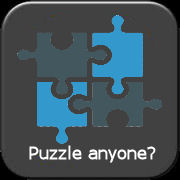 |
| Random Old Ads! |
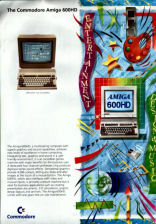 |
| ||||||||||||||||||||||||||
| ||||||||||||||||||||||||||
| ||||||||||||||||||||||||||
 STORY / GAMEPLAY STORY / GAMEPLAY The story revolves around Guybrush Threepwood, a wannabe pirate who defeated the almighty ghost pirate LeChuck in the previous game. Now Guybrush's primary mission is to find the legendary treasure Big Whoop and regain Elaine's love. But every sailor that gone in search for this particular treasure, never returned or died under mysterious circumstances. To start this difficult quest, Guybrush must first find a way to recruit other (unemployed) pirates and buy a ship. But it seems that ghost pirate LeChuck is brought back from the dead and has new plans to destroy our hero. Unfortunately, Guybrush is trapped in Scabb Island which is under some kind of embargo and no ships are allowed to either enter or leave the island. At the beginning, Guybrush wanders around Woodtick, the only town of the island, to seek ways to leave this damned place and embark to the legendary treasure! How can he do that? He must make a map by recovering all four fragments of and bring them to Wally the cartographer and, at the same time, get rid of the bullying Largo LeGrand the sooner possible! The gameplay is actually resembling the way pirates lived back in their time. Your quests involve library research, gambling, theft, drinking contests, necromancy, monkeys (!), spitting (!!) and so on, all performed in a very funny way, much like its predecessor! Both Monkey Island 1 and 2 share the same interface where commands are built up by choosing from a selection of possible statements at the bottom of the screen. Many of the commands have a default setting so by clicking on an object or your inventory, enables you to "look at" it and offers a description or a comment. Several alternate commands are also available for certain items (i.e. doors) so you can simply right click to use them rather than consulting the available selection of possible statements! Monkey Island 2 is much larger than the first one and includes two difficulty settings. You can travel to several islands as there are many characters to meet and puzzles to solve. Note that the game is funnier than the first and it remains today as hilarious as it was back in 1991. A real masterpiece of game programming that is! GRAPHICS / SOUND The DOS version runs in VGA graphics and looks stunning with nicely detailed, cartoonish backdrops and sprites. Although each screen has around 256 simultaneous colors, the visuals look quite close to the Amiga (that handles up to 50 colors on screen)! The sprites are nicely animated and move a bit faster compared to the Amiga counterpart. The game's sound is wonderful by all means! LeChuck's Revenge was the first title to use Michael Land's and Peter McConnell's iMUSE audio sequencing MIDI engine that enabled the compositions in the game to change interactively depending on the current environment or situation. The PC (DOS) version uses a variation on the MIDI system, played back by either an internal speaker, the FM synthesis of an AdLib or Sound Blaster sound card, or any other sound-bank of an external, MIDI-compatible source, such as that of a Roland MT-32 sound module popular at the time. | ||||||||||||||||||||||||||
 |
| ||
| ||
| ||||||||
|
|
| ||||||
| ||
PC (ms-dos based)
| ||
| read more... | ||
| The PC (ms-dos based) (default) color palette | ||
 | ||
| CGA: 16-color palette (4 on-screen) | ||
 | ||
| EGA: 64-color palette (16 on-screen) | ||
 | ||
| VGA: 256-color palette (256 on-screen) | ||
| ||
| No comments added yet | ||
| Login to leave your message! |
| Our featured games |
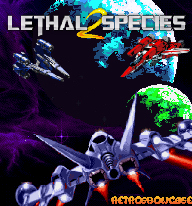 |
| Play old-school now! |
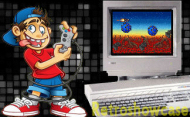 |
| Music Player! |
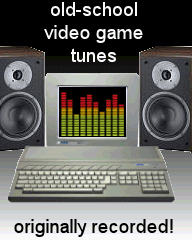 |
| Play ZX on-line!! |
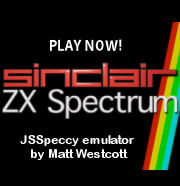 |
| Play CPC on-line!! |
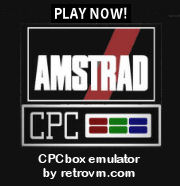 |
| Boot Screens! |
 |
| Retro-games Trivia! |
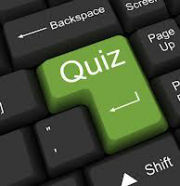 |
| Old-school Crossword! |
 |
| Is this my palette? |
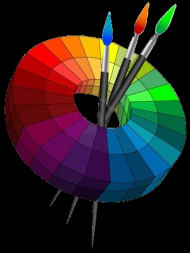 |
| The logo evolution! |
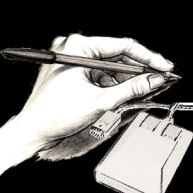 |
| Manuals! |
 |
| Beat them All! |
 |




 8.5
8.5 8.0
8.0 9.0
9.0
















 CPU: Various processors from Intel,AMD, Cyrix, varying from 4.77Mhz (Intel 8088) to 200Mhz (Pentium MMX) and up to 1995 (available on this site)
CPU: Various processors from Intel,AMD, Cyrix, varying from 4.77Mhz (Intel 8088) to 200Mhz (Pentium MMX) and up to 1995 (available on this site)